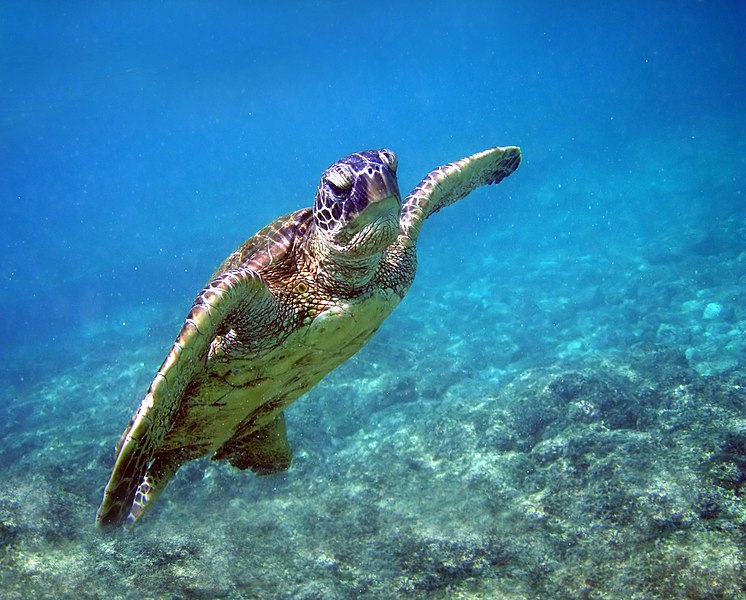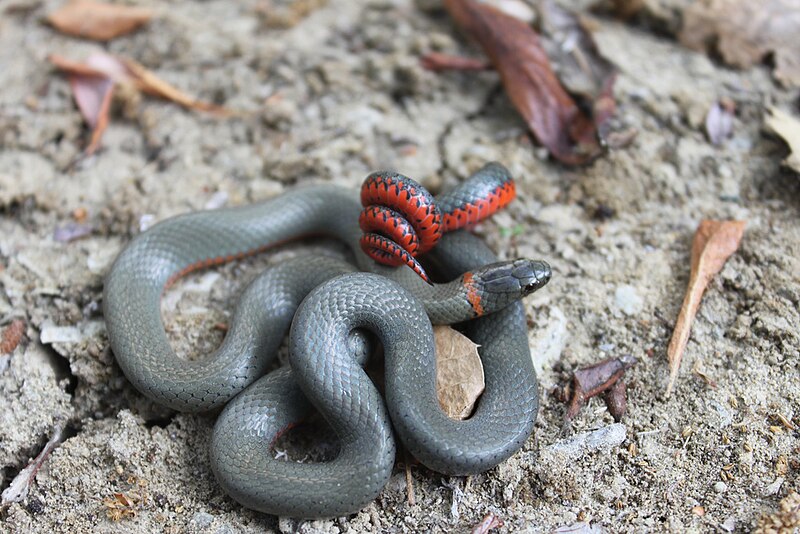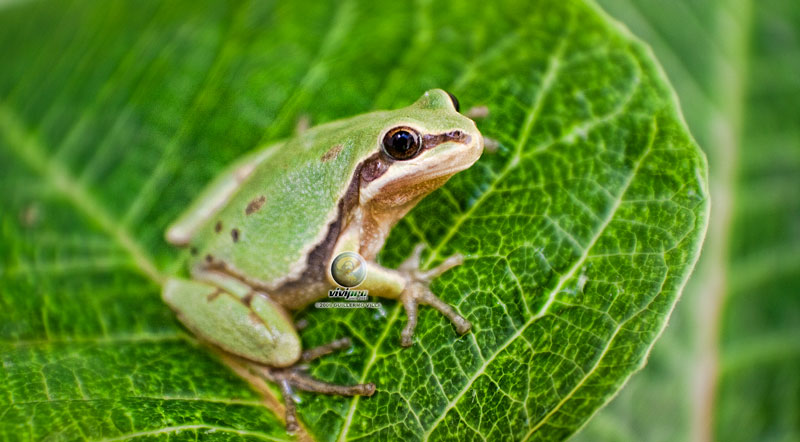The beautifully-patterned American Box Turtles (Terrapene spp.) are very popular among reptile enthusiasts worldwide. They are extremely responsive, intelligent, calm, and may live for 60-100 years…what more could a turtle fan want! Unfortunately, there are many misconceptions concerning their care. The following information will enable you to meet their needs…please post any specific questions you may have.
Note: Box Turtle populations have declined drastically. In addition to habitat loss and road-kill, many were exported to foreign pet markets when European tortoises were protected by law. Please purchase only captive-bred animals.
Natural History
Four Box Turtle species – the Eastern, Spotted, Ornate and Coahuilan – range from southern Canada through most of the USA and into Mexico. Ten uniquely-colored subspecies, including the Florida, Gulf Coast and Yucatan Box Turtles, are also recognized.
Box Turtles frequent woodlands, marshes, fields, agricultural land, and many other habitats. Some, such as the Eastern Box Turtle (T. carolina), are largely terrestrial, while Three-Toed Box Turtles (T. carolina triunguis) and others split their time between land and shallow water. The Coahuilan Box Turtle (T. coahuila), the group’s only truly aquatic member, is found only in Mexico’s Cuatro Cienegas Basin. Several of my colleagues at the Bronx Zoo studied this species in the wild, and I had the good fortune to work with a breeding group for many years; please look for my future article on this most unique turtle.
Although certain other turtles posses shell hinges that allow the plastron (lower shell) to be drawn up (“like a box”), in no group is this ability so well developed as the American Box Turtles (please see photo). Read More »
 That Reptile Blog – Reptile, Amphibian and Exotic Pet Care and Information
That Reptile Blog – Reptile, Amphibian and Exotic Pet Care and Information




